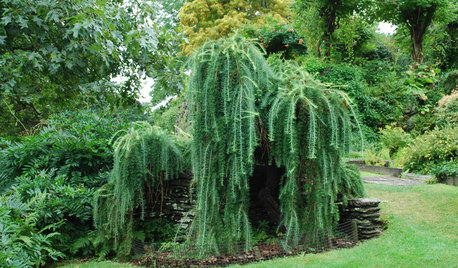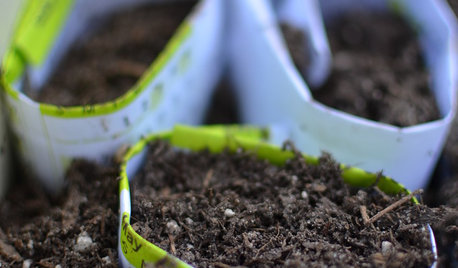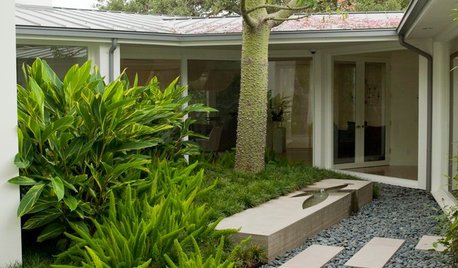Okay, why so much hostility toward lasagna gardening?
lceh
15 years ago
Featured Answer
Sort by:Oldest
Comments (32)
digdirt2
15 years agolast modified: 9 years agoRelated Professionals
Simi Valley Landscape Architects & Landscape Designers · Manchester Landscape Contractors · Cambridge Landscape Contractors · Corona Landscape Contractors · Merced Landscape Contractors · North Ridgeville Landscape Contractors · Wethersfield Landscape Contractors · Bonita Decks, Patios & Outdoor Enclosures · Canton Decks, Patios & Outdoor Enclosures · Chandler Decks, Patios & Outdoor Enclosures · Dearborn Decks, Patios & Outdoor Enclosures · Estero Decks, Patios & Outdoor Enclosures · Foothill Farms Decks, Patios & Outdoor Enclosures · Glendale Decks, Patios & Outdoor Enclosures · Roseville Decks, Patios & Outdoor EnclosuresKimmsr
15 years agolast modified: 9 years agoceresone
15 years agolast modified: 9 years agotiffy_z5_6_can
15 years agolast modified: 9 years agolceh
15 years agolast modified: 9 years agodigdirt2
15 years agolast modified: 9 years agogardengal48 (PNW Z8/9)
15 years agolast modified: 9 years agolceh
15 years agolast modified: 9 years agoval_s
15 years agolast modified: 9 years agolynxe
15 years agolast modified: 9 years agosoilguy
15 years agolast modified: 9 years agosprouts_honor
15 years agolast modified: 9 years agoterrene
15 years agolast modified: 9 years agojoepyeweed
15 years agolast modified: 9 years agogardener_sandy
15 years agolast modified: 9 years agolceh
15 years agolast modified: 9 years agogardener_sandy
15 years agolast modified: 9 years agopaddykevin
15 years agolast modified: 9 years agoterrene
15 years agolast modified: 9 years agotiffy_z5_6_can
15 years agolast modified: 9 years agoannpat
15 years agolast modified: 9 years agolceh
15 years agolast modified: 9 years agomarshallz10
15 years agolast modified: 9 years agotoken28001
15 years agolast modified: 9 years agotoken28001
15 years agolast modified: 9 years agoterrene
15 years agolast modified: 9 years agomeg_va
15 years agolast modified: 9 years agocanuckistani
15 years agolast modified: 9 years agobpgreen
15 years agolast modified: 9 years agojoepyeweed
15 years agolast modified: 9 years agotoken28001
15 years agolast modified: 9 years ago
Related Stories

HOUZZ TOURSHouzz Tour: Steering Toward Subtle Nautical in Los Angeles
From the striped stairs to the nautical touches, this Los Angeles home carries the personal stamp of its owners
Full Story
HOUSEPLANTS10 Top Plants to Grow Indoors
Brighten a room and clean the air with a houseplant that cascades artfully, stretches toward the ceiling or looks great on a wall
Full Story
GARDENING GUIDESGreat Design Plant: Larix Decidua ‘Pendula’
Soft, graceful and sculptural, weeping larch is a star in northern U.S. gardens
Full Story
GARDENING GUIDESTexas Gardener's August Garden Checklist
Here's how to help your garden thrive from the hot, dry month of August through fall
Full Story
INSPIRING GARDENSNative Plants Bring 10 Southern California Front-Yard Gardens to Life
Rare plants, rain gardens and wildlife habitats are just a few of the features showcased on the 2016 Theodore Payne Native Plant Garden Tour
Full Story
SUMMER GARDENINGHow to Grow Basil
Bright color, quick growth and endless uses for cooking make this summer annual a winner in the garden or a pot
Full Story
FOLIAGEGreat Design Plant: Foxtail Fern
Not actually a fern, this vivid member of the asparagus family has a distinctive appearance to awaken a garden year-round
Full Story
FALL GARDENING6 Splendid Blue-Flowering Bulbs
How do you blue? With colors from sky to cobalt, these bulbs will greet you merrily in a spring garden
Full Story
FALL GARDENINGWhy Fall Is the Best Time for Planting
Spring is overrated for planting. Starting plants in autumn has advantages for both garden and gardener
Full Story
GARDENING GUIDESGardening Solutions for Heavy Clay Soils
What’s a gardener to do with soil that’s easily compacted and has poor drainage? Find out here
Full StoryMore Discussions






bpgreen